General Characteristics of Algae:
The body or thallus of multicellular algae is not differentiated into roots, stems, and leaves. It may be in the form of filaments, sheets, or in the form of a colonial aggregate of cells. The filaments and sheets are often attached to the substratum with the help of holdfast. Some algae are complex and very large measuring up to 60 metres in length. They are called seaweeds. The group algae includes about 30,000 species distributed all over the world. The following are the general characteristics of Algae:
(1) These are aquatic, either marine or freshwater. Some are terrestrial and grow in moist, terrestrial habitats like wet rocks, moist soil, and tree trunks. Some grow in hot springs, some in snow and some form associations with fungi to form lichens.
(2) The algae include a number of unicellular forms like Chlamydomonas and Chlorella, colonial forms like Volvox, filamentous like Spriogyra and Ulothrix, and flattened sheets of cells as in Ulva, and Dictyota.
(3) The body is filamentous and sheet-like and is differentiated into three parts:
- Holdfast is a basal structure that is attached to the substratum.
- Stipe, a stem-like structure.
- Lamina or frond, is a flattened and leaf-like portion of photosynthetic tissue.
(4) Algal cells are covered by mucilage. Mucilage protects the algal thalli from desiccation and from the epiphytic growth and decaying effect of water.
(5) Since these are found submerged in water vascular tissue is not found. Their flexible body helps them to sway with the tides without injury. In giant forms of algae like kelps, special conducting channels for food are found.
(6) Mechanical tissue like wood found in land plants is not found in algae.
(7) Nutrition is autotrophic, chloroplasts and chromatophores are of various shapes.
(8) Photosynthetic pigments include chlorophyll a, carotenes, and xanthophylls.
(9) Vegetative reproduction by fragmentation. Asexual reproduction takes place both by motile and non-motile spores. These spores are of two types: mitospores, produced as a result of mitosis, and meiospores formed by meiotic division.
(10) Sex organs or gametangia are unicellular and without a jacket.
(11) Sexula reproduction may be isogamous, anisogamous or oogamous.
(12) Embryo stage is absent.
(13) Alternation of generations may or may not be present. Life cycle may be haplontic, diplontic and diplohaplontic.
On the basis of pigments and storage products. algae are of three types: red algae, brown algae, and green algae.

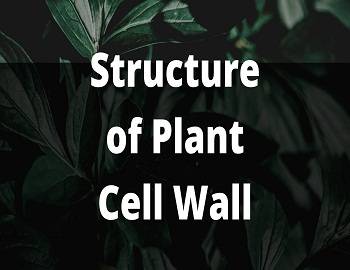

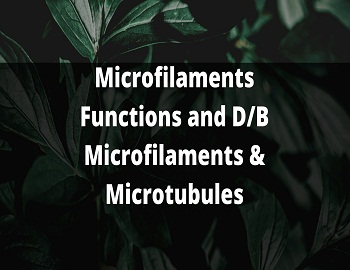
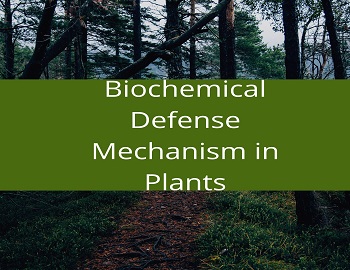

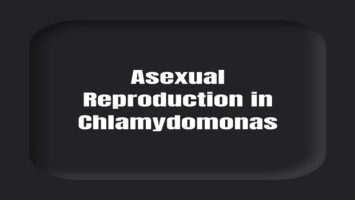
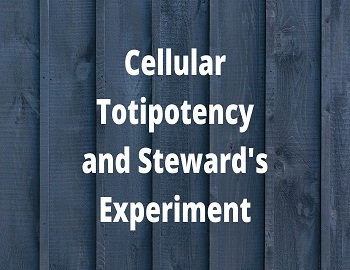
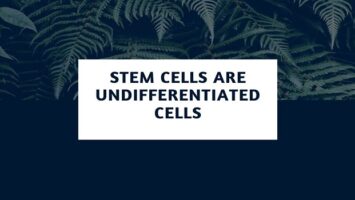
Comments (No)